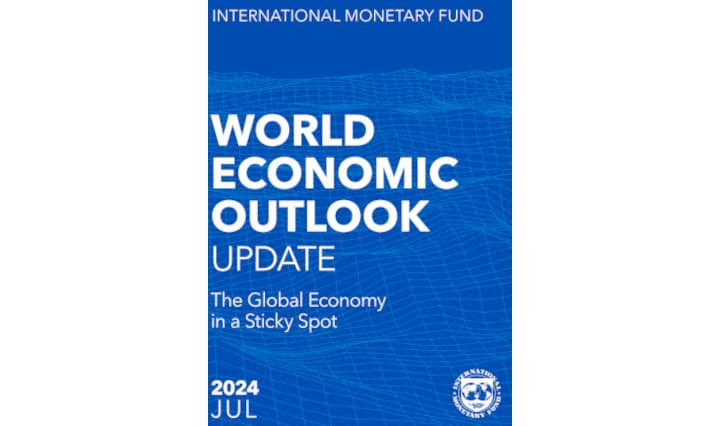U.S. Bureau of Labor Statistics Alert! The Producer Price Index for final demand increased 0.4 percent in September, seasonally adjusted, the U.S. Bureau of Labor Statistics reported today. Final demand prices declined 0.2 percent in August and 0.4 percen
The Producer Price Index for final demand increased 0.4 percent in September, seasonally adjusted, the U.S. Bureau of Labor Statistics reported today. Final demand prices declined 0.2 percent in August and 0.4 percent in July. (See chart below.)
On an unadjusted basis, the index for final demand advanced 8.5 percent for the 12 months ended in September.





In September, two-thirds of the increase in the index for final demand can be traced to a 0.4- percent rise in prices for final demand services. The index for final demand goods also advanced 0.4 percent. Prices for final demand less foods, energy, and trade services advanced 0.4 percent in September, the largest rise since increasing 0.5 percent in May. For the 12 months ended in September, the index for final demand less foods, energy, and trade services moved up 5.6 percent.

Final Demand
Final demand services: Prices for final demand services advanced 0.4 percent in September after climbing 0.3 percent in August. Most of the September increase is attributable to a 0.6-percent rise in the index for final demand services less trade, transportation, and warehousing. Margins for final demand trade services edged up 0.1 percent. (Trade indexes measure changes in margins received by wholesalers and retailers.)

Conversely, prices for final demand transportation and warehousing services fell 0.2 percent. Product detail: Over a quarter of the September increase in the index for final demand services can be traced to a 6.4-percent advance in prices for traveler accommodation services.
The indexes for food and alcohol retailing, portfolio management, machinery and vehicle wholesaling, oil and gas well drilling services, and hospital inpatient care also rose. In contrast, prices for long-distance motor carrying fell 0.4 percent.
The indexes for fuels and lubricants retailing and for consumer loans (partial) also decreased. Final demand goods: Prices for final demand goods moved up 0.4 percent in September after decreasing 1.1 percent in August. Sixty percent of the advance is attributable to a 1.2-percent increase in the index for final demand foods. Prices for final demand energy rose 0.7 percent. The index for final demand goods less foods and energy was unchanged.
Product detail: A major factor in the September increase in prices for final demand goods was a 15.7-percent advance in the index for fresh and dry vegetables. Prices for diesel fuel, residential natural gas, chicken eggs, home heating oil, and pork also moved higher. Conversely, the index for gasoline fell 2.0 percent. Prices for prepared poultry and for steel mill products also declined.
What is the Producer Price Index?
So, Wut Mean?
Inflation is still very much in the production pipeline and business aren't going to eat all this, additional price hikes can be expected to reach the consumer (us). The Fed has more work to do if they want to get a handle on this inflation.
Producer prices increased 8.7 percent from August 2021 to August 2022
The Producer Price Index for final demand increased 8.7 percent from August 2021 to August 2022. Prices for final demand less foods, energy, and trade services increased 5.6 percent.


